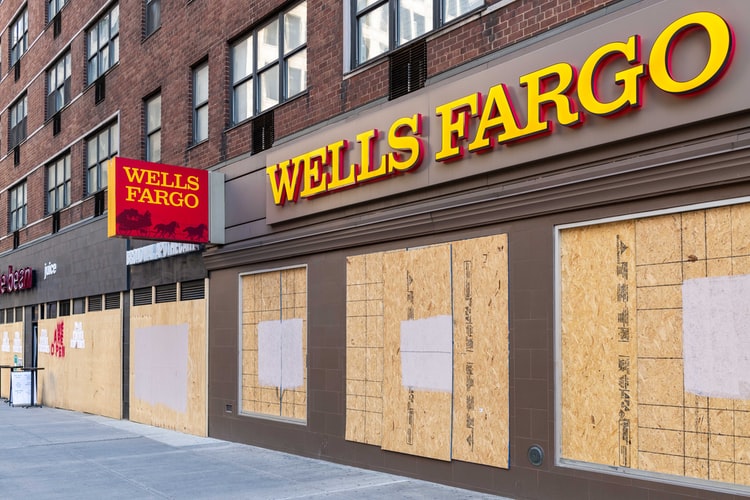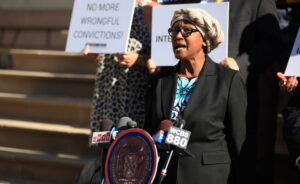
Image Credit: Jack Cohen/Unsplash
San Francisco – The Current Affairs Times previously investigated the case against HSBC Bank. In Part Two of our banking scandal coverage, we are writing about the ongoing Wells Fargo Account Fraud Scandal.
News of fraud being committed by Wells Fargo employees became widely known in 2016. Millions of accounts were created on behalf of the bank’s clients — without their consent. The investigation was led by Democratic Senator Elizabeth Warren of Massachusetts. Once again, the country witnessed no arrests in this scandal.
What Happened?
Between 2015 and 2016, Wells Fargo clients started receiving unexpected debit or credit cards and lines of credit. Then, many of the bank’s clients noticed unanticipated fees.
Initially, clients saw these unauthorized account openings as an attempt by individual branch managers and bankers to boost their sales. Later on, it was confirmed that there was immense pressure from top-level management to open as many accounts as possible. Wells Fargo employees reportedly opened as many as 1.5 million checking and savings accounts, and more than 500,000 credit cards, without client authorization.
Employees received bonuses for opening unauthorized accounts on behalf of clients and for setting up online banking on these accounts. Bank employees were asked to order credit cards for the bank’s pre-approved clients — without their consent. The employees had to use their own contact information on these request forms to make sure that the clients were not able to discover this fraud.
How Was This Fraud Executed?
The Wells Fargo bankers used counter-selling techniques in order to underpin this fraud. Counter-selling is the concept of attempting to sell multiple products to consumers. This means that a client who opens one type of account (checking or savings, for example) would also be encouraged to open mortgage, investment, or credit card accounts. In the banking industry, the average number of products held by a customer determines the bank’s retail success. At the time of the deception, Wells Fargo was one of the most successful retail banking cross-sellers.
It is alleged that Richard Kovacevich, the former CEO of Wells Fargo, invented the strategy of cross-selling while he was employed at Norwest Corporation. In 1998, Kovacevich officially stated that he considered branch employees to be “salespeople,” and consumers to be “customers,” rather than clients.
The actual fraud was committed by using a technique called “pinning.” With pinning, the client’s Personal Identification Number (PIN) was set to 0000 and the bankers were able to completely control these unauthorized accounts.
The Impact on Employees
This controversy resulted in the resignation of John Stumpf as Wells Fargo’s CEO. Under several settlements between Wells Fargo and various other parties (names not disclosed), new management was formed. Approximately 5,300 employees were fired and sales quotas were no longer continued at the individual branches. The bank’s CFO, John Shrewsberry, invested $50 million towards preventing oversights within the individual branches. Wells Fargo Chairwoman, Elizabeth Betsey Duke, and Chair, James Quigley, have also recently resigned.
Impact on Consumers
Wells Fargo was cleverly able to prevent individual clients from taking legal action against the bank. By enforcing mandatory agreements that require arbitration to resolve disputes, Wells Fargo made this a condition for any client who wanted to open an account.
Over 85,000 of these unauthorized accounts incurred total fees of $2 million. One result of these bogus accounts was that clients saw big drops in their credit scores. John Chiang, California’s treasurer, stated in a press release that “ Wells Fargo’s fleecing of its customers demonstrates, at best, a reckless lack of institutional control and, at worst, a culture which actively promotes wanton greed.”
Prosecution and Current Scenario
Maxine Waters, Chair of the House Financial Services Committee, has released a report regarding Wells Fargo’s malpractice and she advised the government to dismantle the bank. Despite that investigative report, the bank has settled both civil and criminal lawsuits via monetary penalties.
Wells Fargo paid $100 million to the Consumer Financial Protection Bureau, $50 million to the Los Angeles City Attorney’s office, and $35 million to the Office of the Comptroller of the Currency. The bank was recently forced to additionally pay $3 billion to the Department of Justice and roughly $500 million out of this will be paid to the Securities and Exchange Commission (SEC). Despite these penalties, Wells Fargo’s defrauded customers, while offered some restitution, have mainly been ignored.
When will banks like Wells Fargo and HSBC and their top-level management be criminally prosecuted for heinous crimes?
Image Credit: Jack Cohen/Unsplash
Sources:
- The Current Affairs Times Uses the Westlaw Edge database as a resource for the insight above.
- The Current Affairs Times has the original investigation case files, a copy of which can be requested.
- “Wells Fargo Forced to Pay $3 Billion For the Bank’s Fake Account Scandal”
- Wikipedia Article on The Wells Fargo Scandal – Ms. Afia Sengupta was one of the editors of that article.
Afia is a lawyer, journalist, an avid traveler, an avid reader, a foodie, and an amateur singer. She enjoys instrumental music with her glass of wine ?






